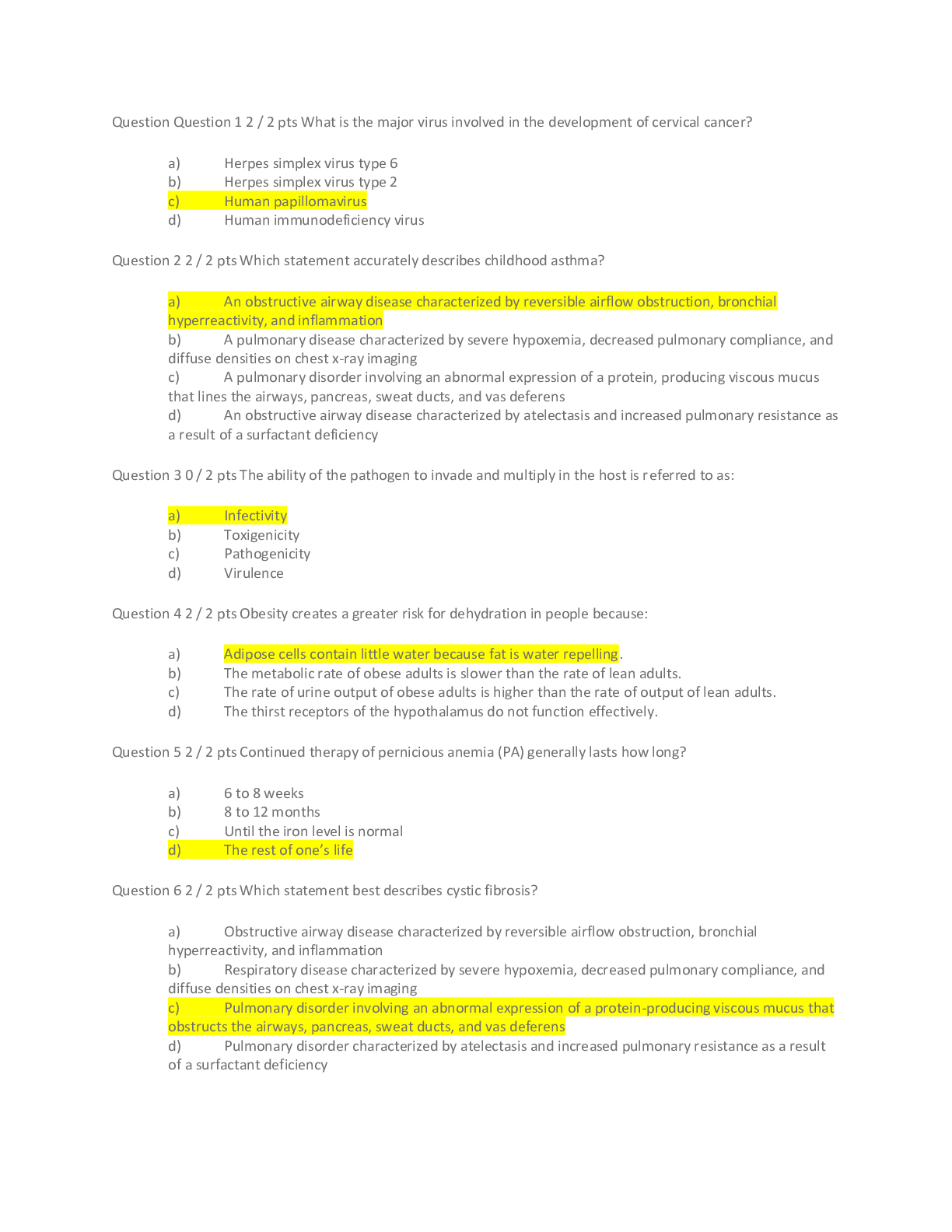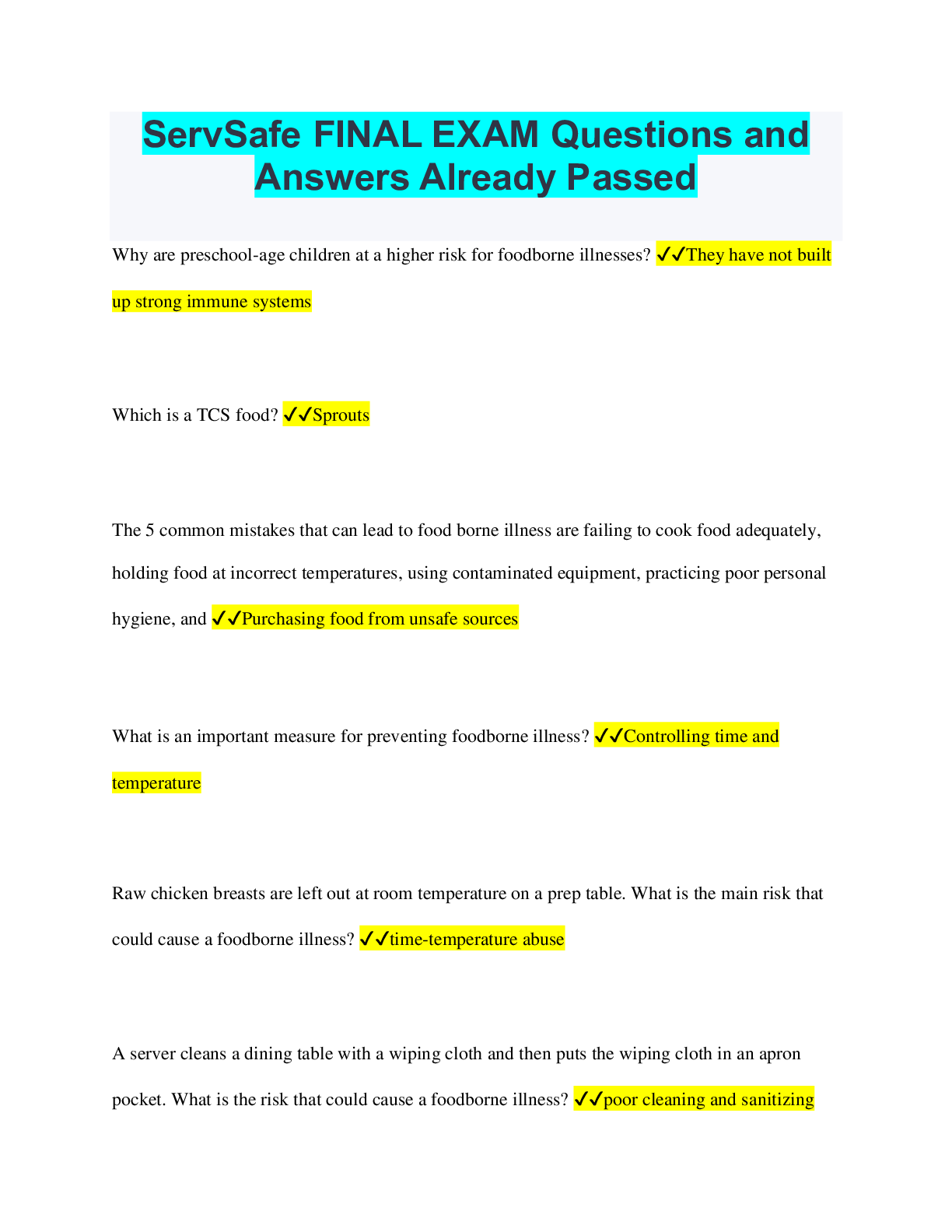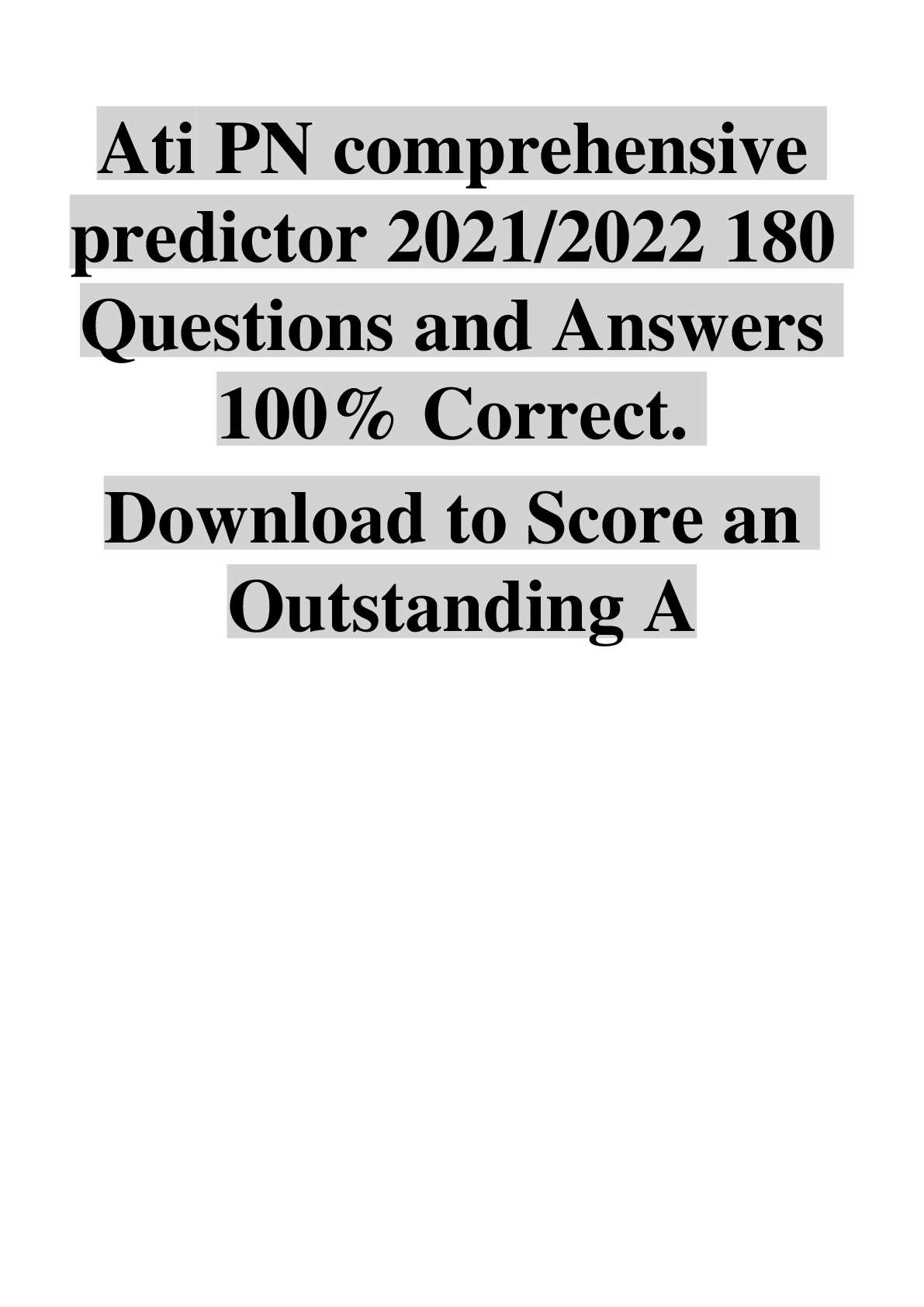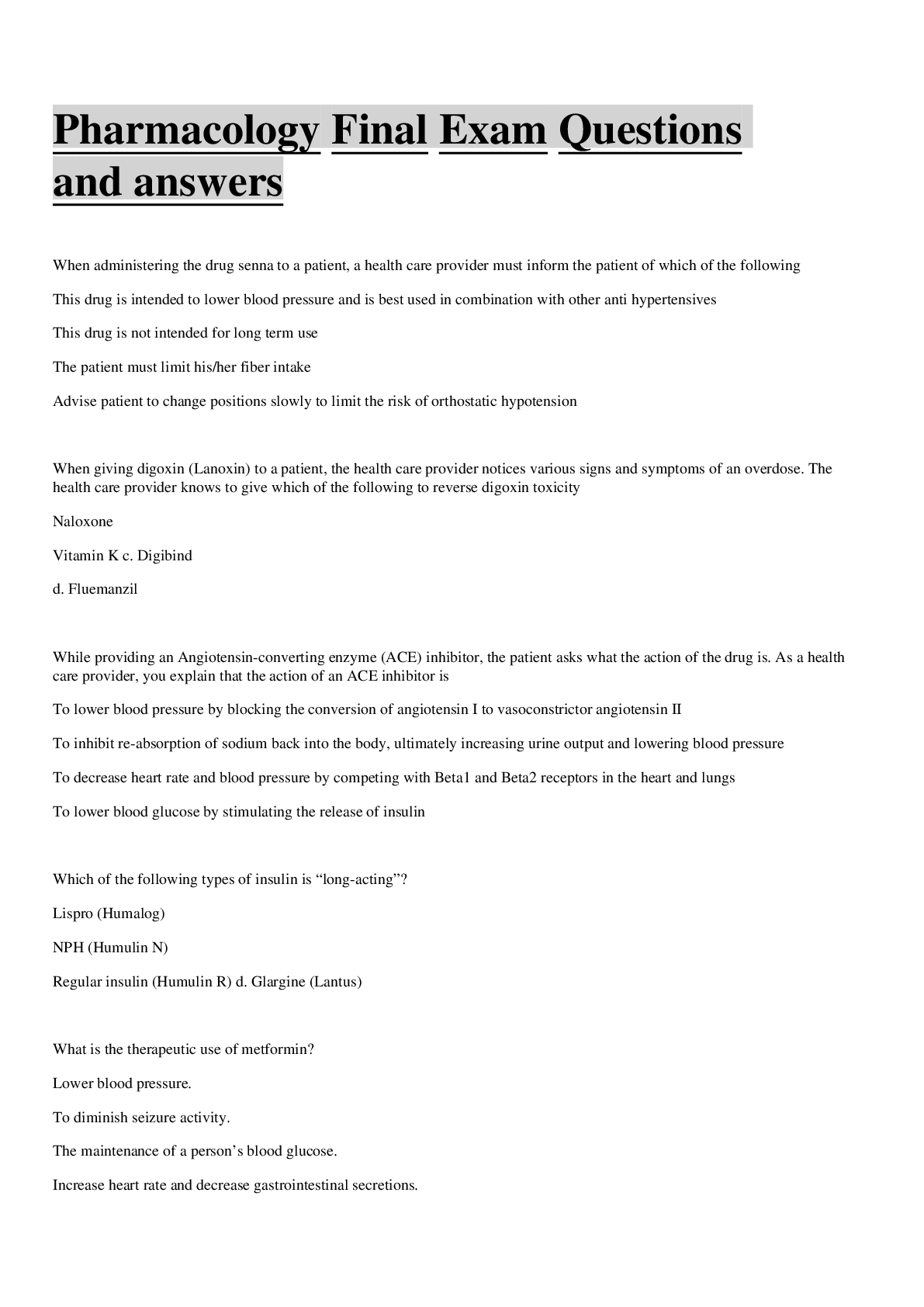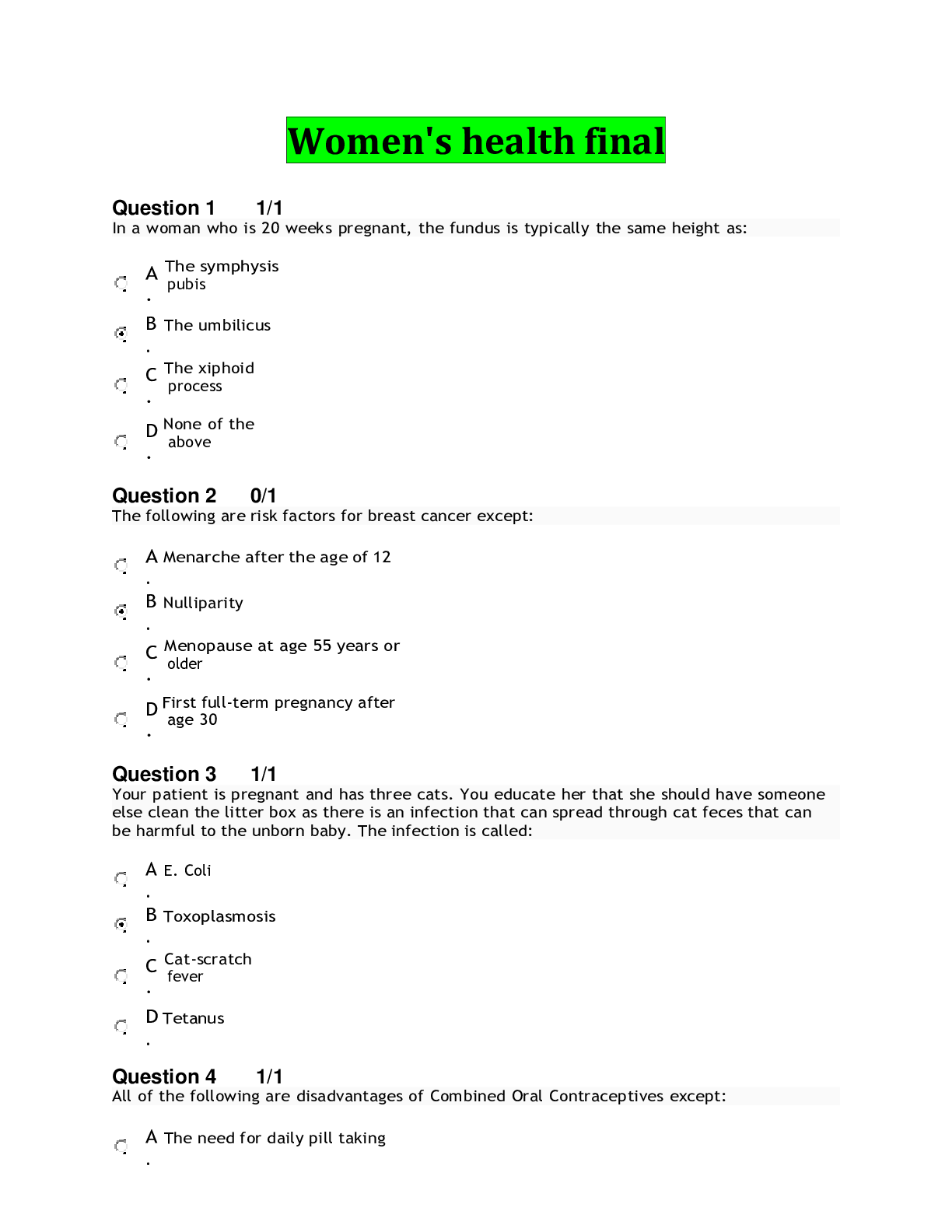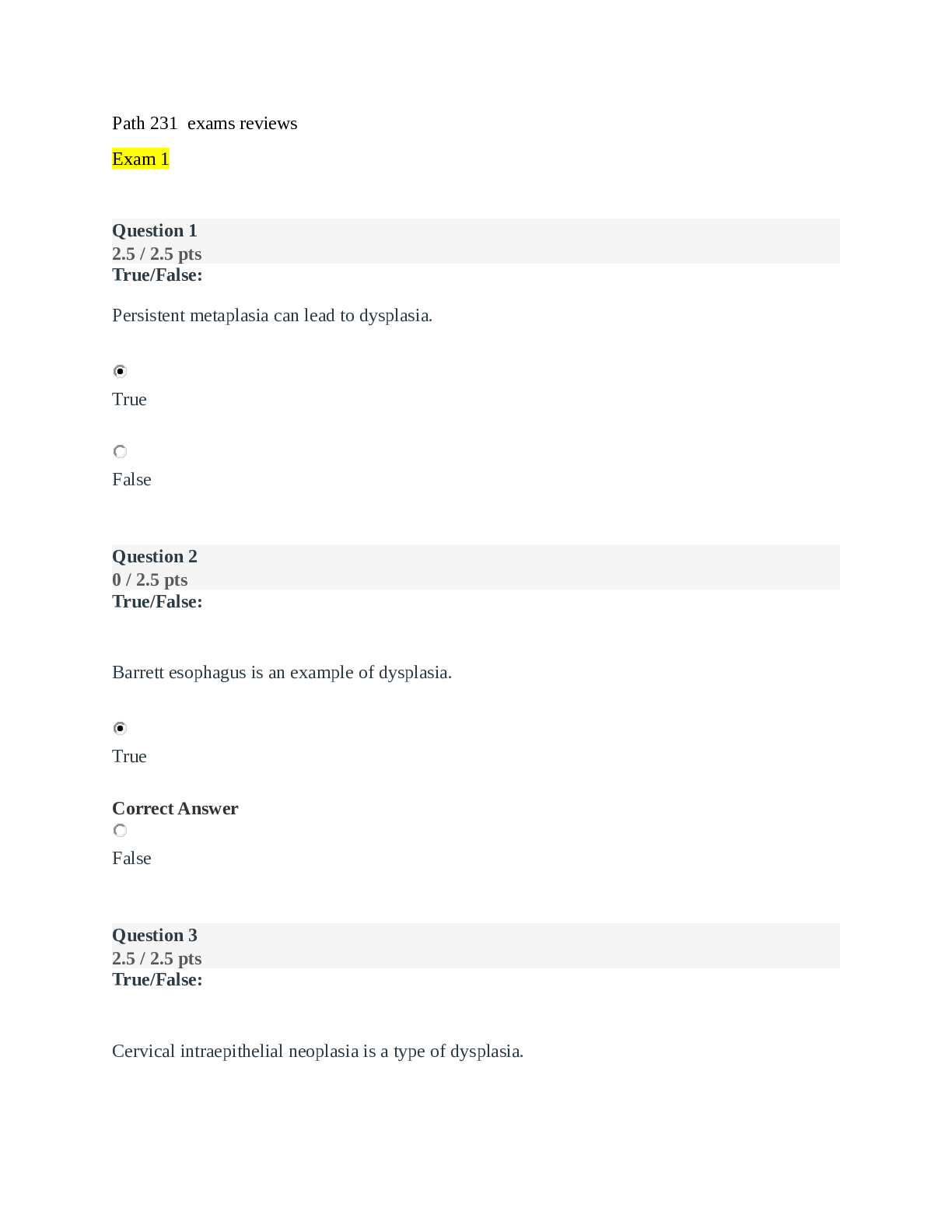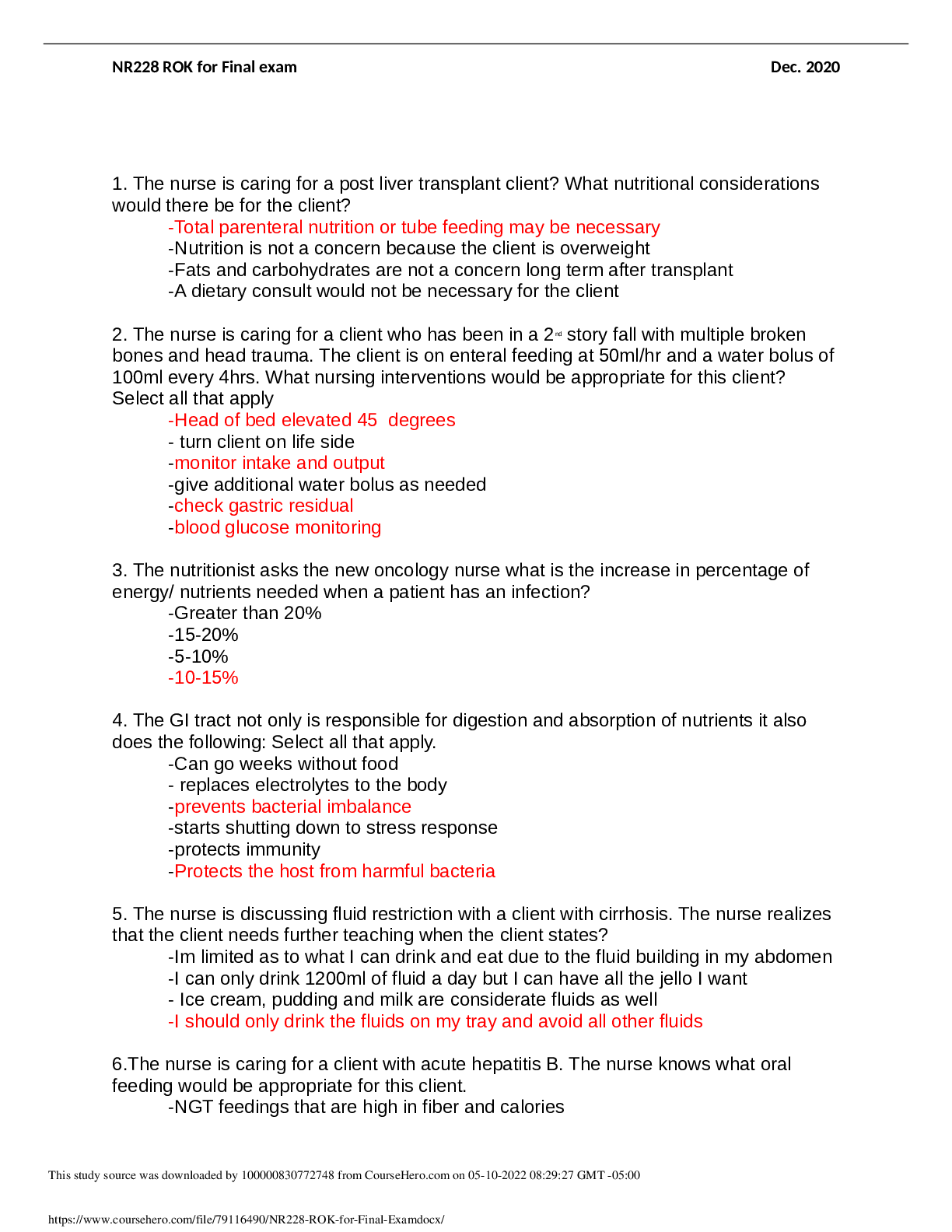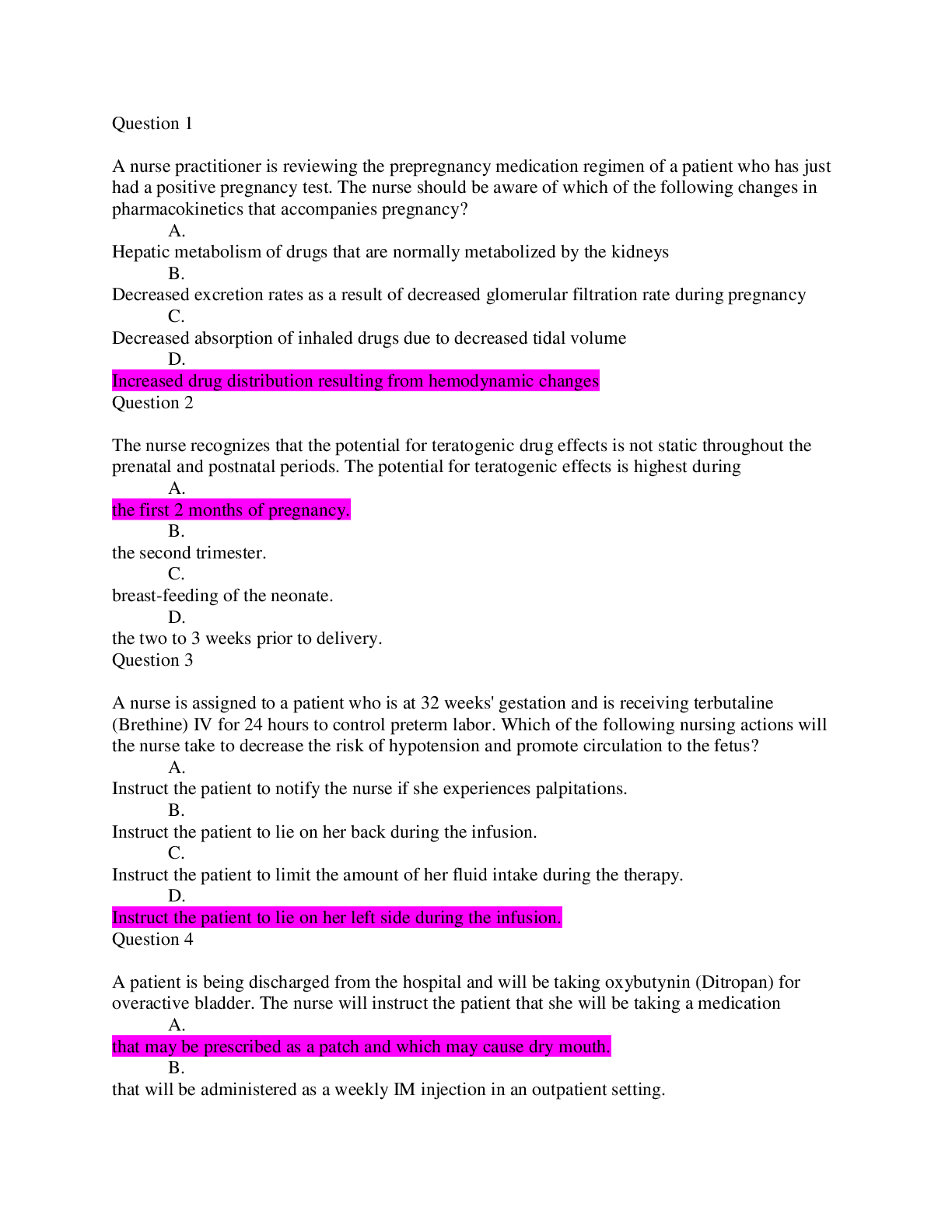General Questions > EXAM > TAX 655 Final Exam Question And Answers( Download To Score An A). (All)
TAX 655 Final Exam Question And Answers( Download To Score An A).
Document Content and Description Below
TAX 655 Final Exam Notes Complete the problems as presented in this document. You may create a new document and/or spreadsheet as needed. Any memo should be no more than 3 pages in lengt... h. Please state any assumptions used if problems are not clear. Problem 1 Your client, a physician, recently purchased a yacht on which he flies a pennant with a medical emblem on it. He recently informed you that he purchased the yacht and flies the pennant to advertise his occupation and thus attract new patients. He has asked you if he may deduct as ordinary and necessary business expenses the costs of insuring and maintaining the yacht. In search of an answer, consult RIA’s CHECKPOINT TAX available on-line through the SNHU Shapiro Library. Explain the steps taken to find your answer. Ch 1- research Ch 2 – Tax considerations and choosing a business entity Ch 3 – Taxation of “C” corporations (Capital structure) Ch11 – S corporations Ch 9 - Taxation of Partnerships and partners Ch 8 – Special Partnership issues Ch 12 – Federal Gift Tax Ch 13 – Federal Estate Tax Problem 2 Stacey Small has a small salon that she has run for a few years as a sole proprietorship. The proprietorship uses the cash method of accounting and the calendar year as its tax year. Stacey needs additional capital for expansion and knows two people who might be interested in investing. One would like to practice hairdressing in the salon. The other would only invest. Stacey wants to know the tax consequences of incorporating the business. Her business assets include a building, equipment, accounts receivable and cash. Liabilities include a mortgage on the building and a few accounts payable, which are deductible when paid. Write a memo to Stacey explaining the tax consequences of the incorporation. As part of your memo examine the possibility of having the corporation issue common and preferred stock and debt for the shareholders’ property and money. Problem 3 Which of the following groups constitute a controlled group? (Any stock not listed below is held by unrelated individuals each owning less than 1% of the outstanding stock.) For brother-sister corporations, which definition applies? a. Mark owns 90% of the single classes of stock of Hot and Ice Corporations. b. Johnson and Carey Corporations each have only a single class of stock outstanding. The two controlling individual shareholders own the stock as follows: Stock Ownership Percentages Shareholder Johnson Corp. Carey Corp David 60% 80% Kelly 30% 0% c. Red, Blue and ABC Corporations each have a single class of stock outstanding. The stock is owned as follows: Stock Ownership Percentages Shareholder Blue Corp. ABC Corp Red 80% 50% Blue 40% Red Corporation’s stock is widely held by over 1,000 shareholders, none of whom owns directly or indirectly more than 1% of Red’s stock. d. Helm, Oak, Walnut and Zinnia Corporations each have a single class of stock outstanding. The stock is owned as follows: Stock Ownership Percentages Shareholder Helm Corp. Oak Corp Walnut Corp Zinnia Corp James 100% 90% Helm 80% 30% Walnut 60% Problem 4 Eric and Denise are partners in ED Partnership. Eric owns a 60% capital, profits and loss interest. Denise owns the remaining interest. Both materially participate in the partnership activities. At the beginning of the current year, ED’s only liabilities are $50,000 in accounts payable, which remain outstanding at year-end. In August, ED borrowed $120,000 on a nonrecourse basis from Delta Bank. The loan is secured by property with a $230,000 FMV. These are ED’s only liabilities at year-end. Basis for the partnership interest at the beginning of the year is $40,000 for Denise and $60,000 for Eric before considering the impact of liabilities and operations. ED has a $200,000 ordinary loss during the current year. How much loss can Eric and Denise recognize? Ordinary loss = 200000 Interest to partners = 40000 & 60000 = 100000 Hence actual loss = 300000 The partners should recognize this. The liabilities have nothing to do here Problem 5 Linda pays $100,000 cash for Jerry’s ¼ interest in the JILL Partnership. The partnership has a Sec. 754 election effect. Just before the sale of Jerry’s interest, JILL’s balance sheet appears as follows: Partnership’s Basis FMV Assets: Cash $75,000 $75,000 Land $225,000 $325,000 Total $300,000 $400,000 Partners' capital Jerry $75,000 $100,000 Instrument Corp $75,000 $100,000 Logo Corp $75,000 $100,000 Lighthouse Corp $75,000 $100,000 Total $300,000 $400,000 a. What is Linda’s total optional basis adjustment? b. If JILL Partnership sells the land for its $325,000 FMV immediately after Linda purchases her interest, how much gain or loss will the partnership recognize? c. How much gain will Linda report as a result of the sale? Problem 6 Monte and Allie each own 50% of Raider Corporation, an S corporation. Both individuals actively participate in Raider’s business. On January 1, Monte and Allie have adjusted bases for their Raider stock of $80,000 and $90,000 respectively. During the current year, Raider reports the following results: Ordinary loss $175,000 Tax-exempt interest income 20,000 Long-term capital loss 32,000 Raider’s balance sheet at year-end shows the following liabilities: accounts payable, $90,000; mortgage payable, $30,000; and note payable to Allie, $10,000. a. What income and deductions will Monte and Allie report from Raider’s current year activities? b. What is Monte’s stock basis on December 31? c. What are Allie’s stock basis and debt basis on December 31? d. What loss carryovers are available for Monte and Allie? e. Explain how the use of the losses in Part a would change if instead Raider were a partnership and Monte and Allie were partners who shared profits, losses and liabilities equally. Problem 7 Tom Hughes died in 2009 with a gross estate of $3.9 million and debt of $30,000. He made post-1976 taxable gifts of $100,000, valued at $80,000 when he died. His estate paid state death taxes of $110,200. What is his estate tax base? Problem 7 solution Gross Estate $ 3,900,000 Less: Debt $ (30,000) Less: State estate taxes paid $ (110,200) Taxable Estate $ 3,759,800 Post 1976 Gifts $ 100,000 Estate tax base $ 3,859,800 [Show More]
Last updated: 1 year ago
Preview 1 out of 17 pages
Instant download
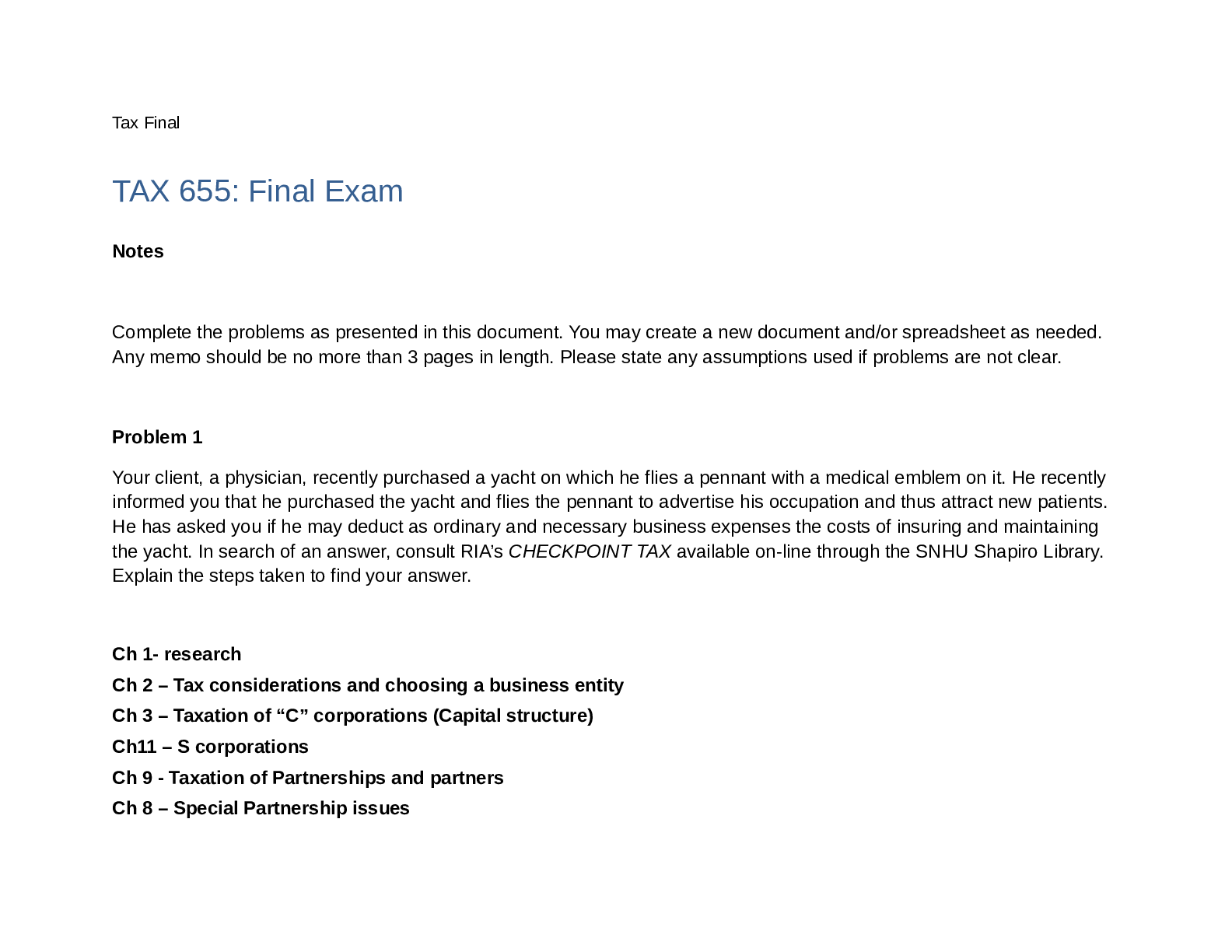
Instant download
Reviews( 0 )
Document information
Connected school, study & course
About the document
Uploaded On
Nov 25, 2020
Number of pages
17
Written in
Additional information
This document has been written for:
Uploaded
Nov 25, 2020
Downloads
0
Views
41

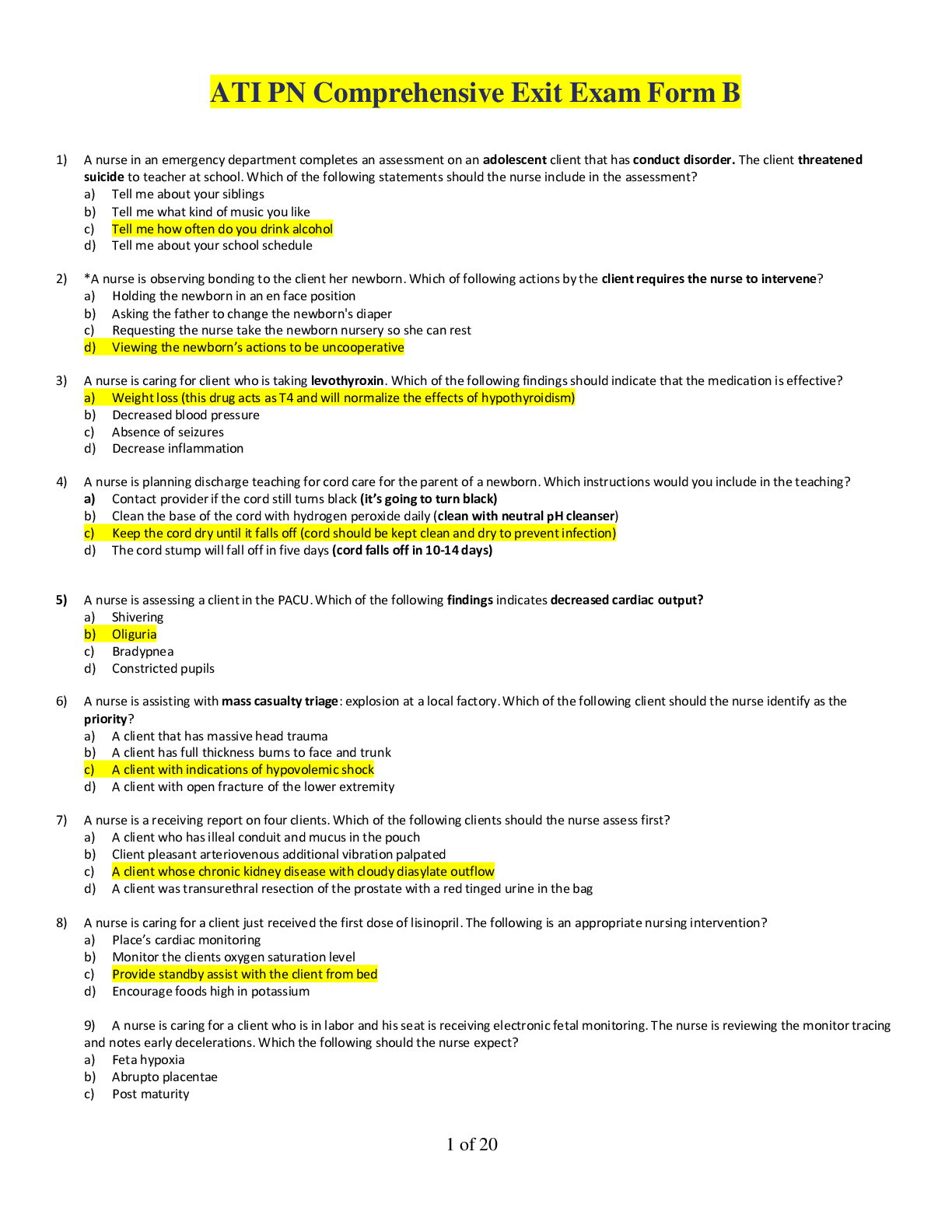
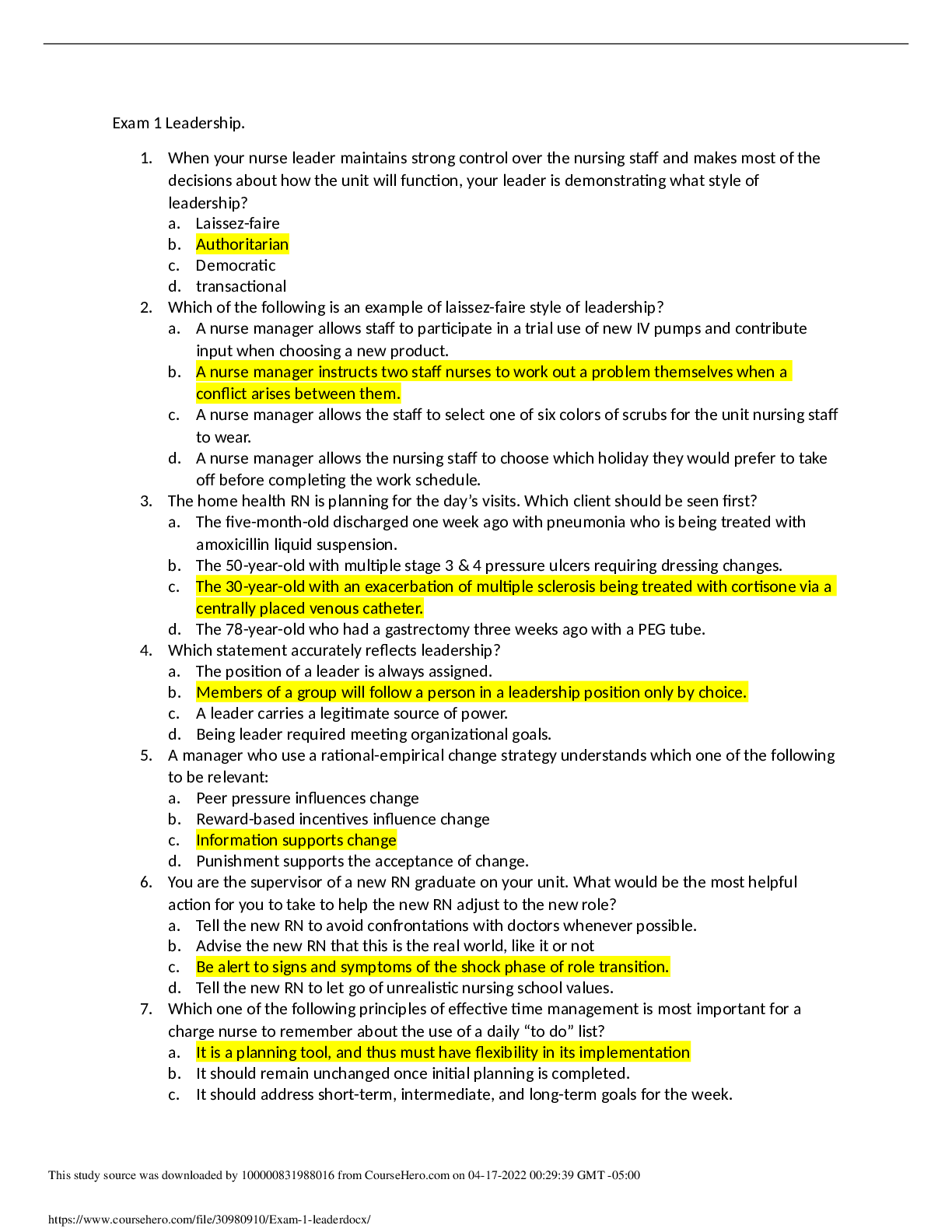


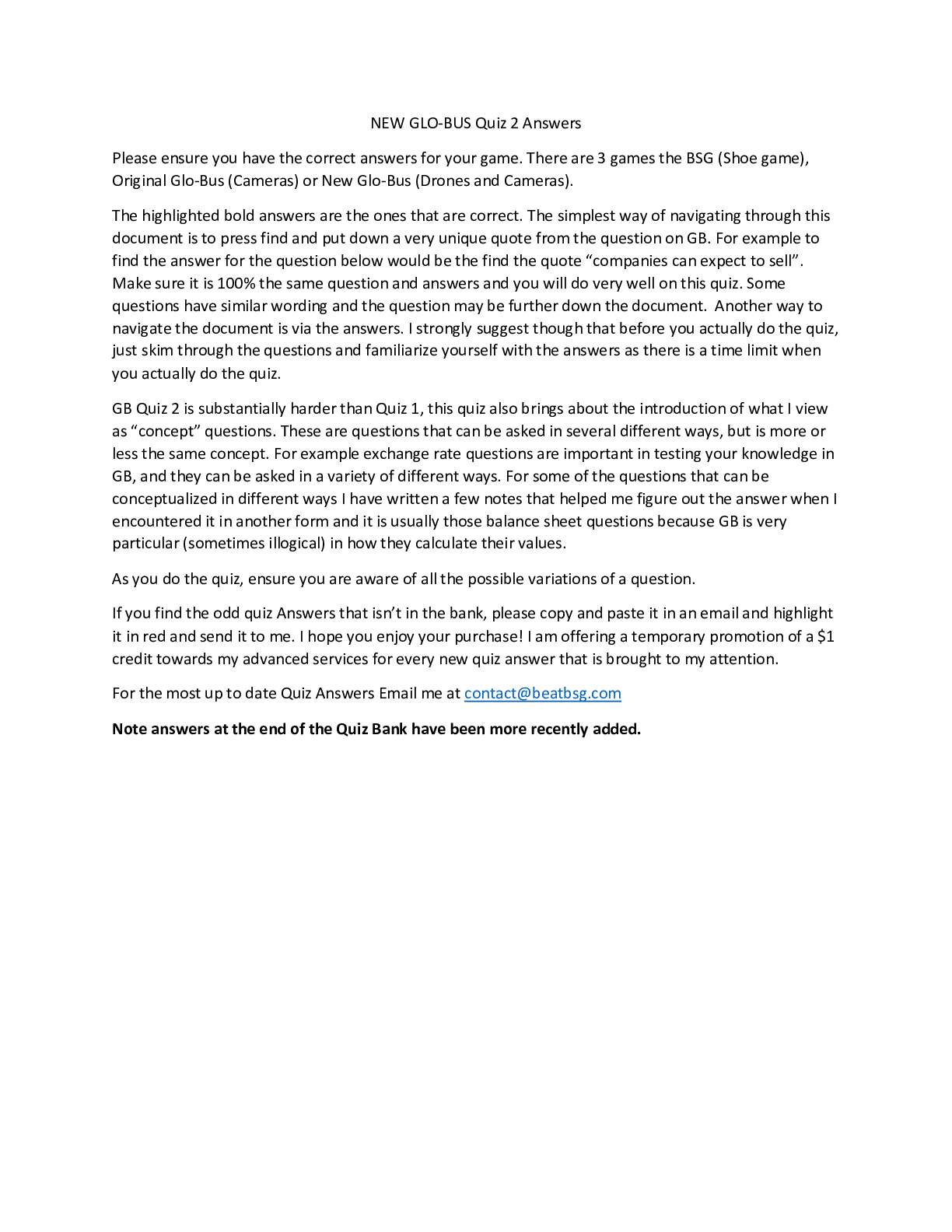
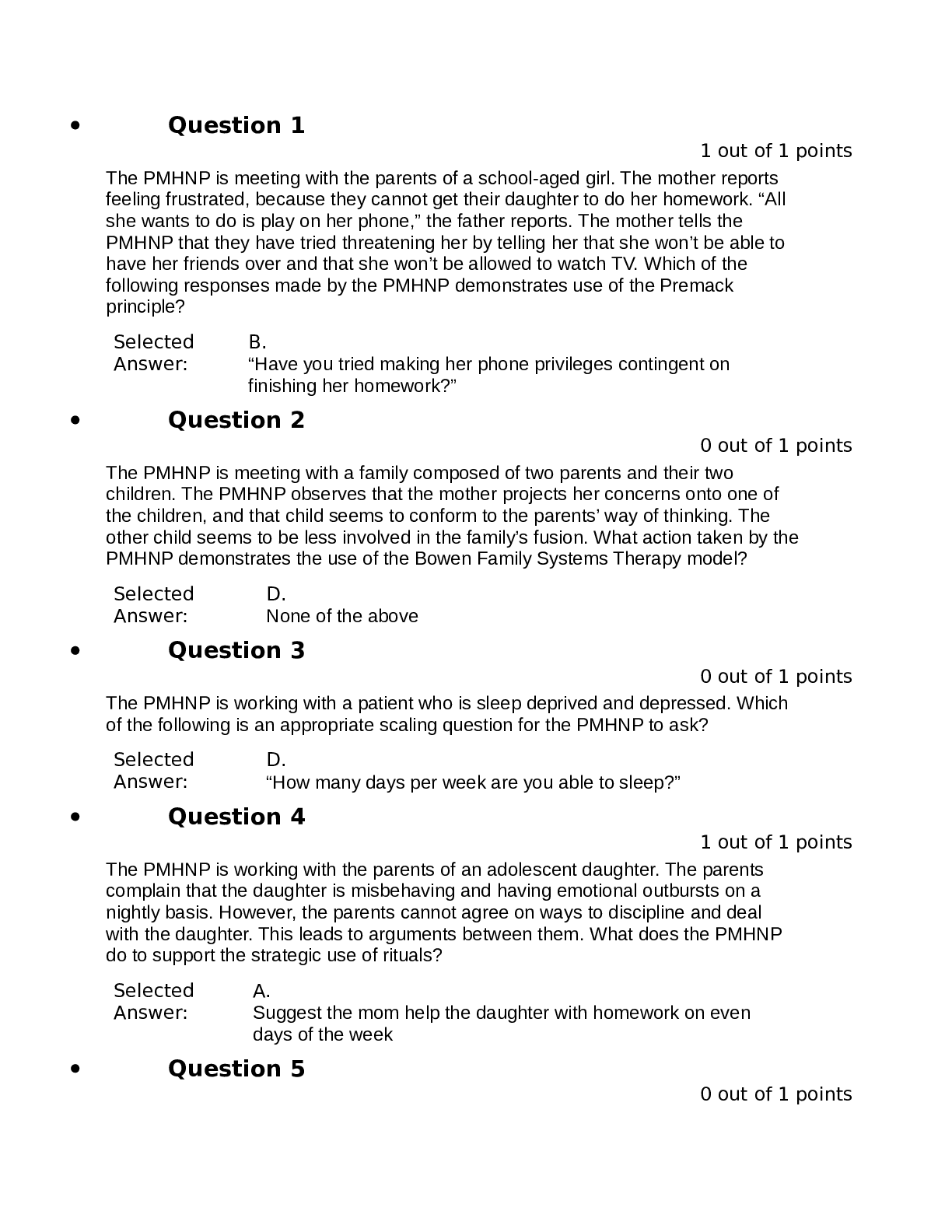
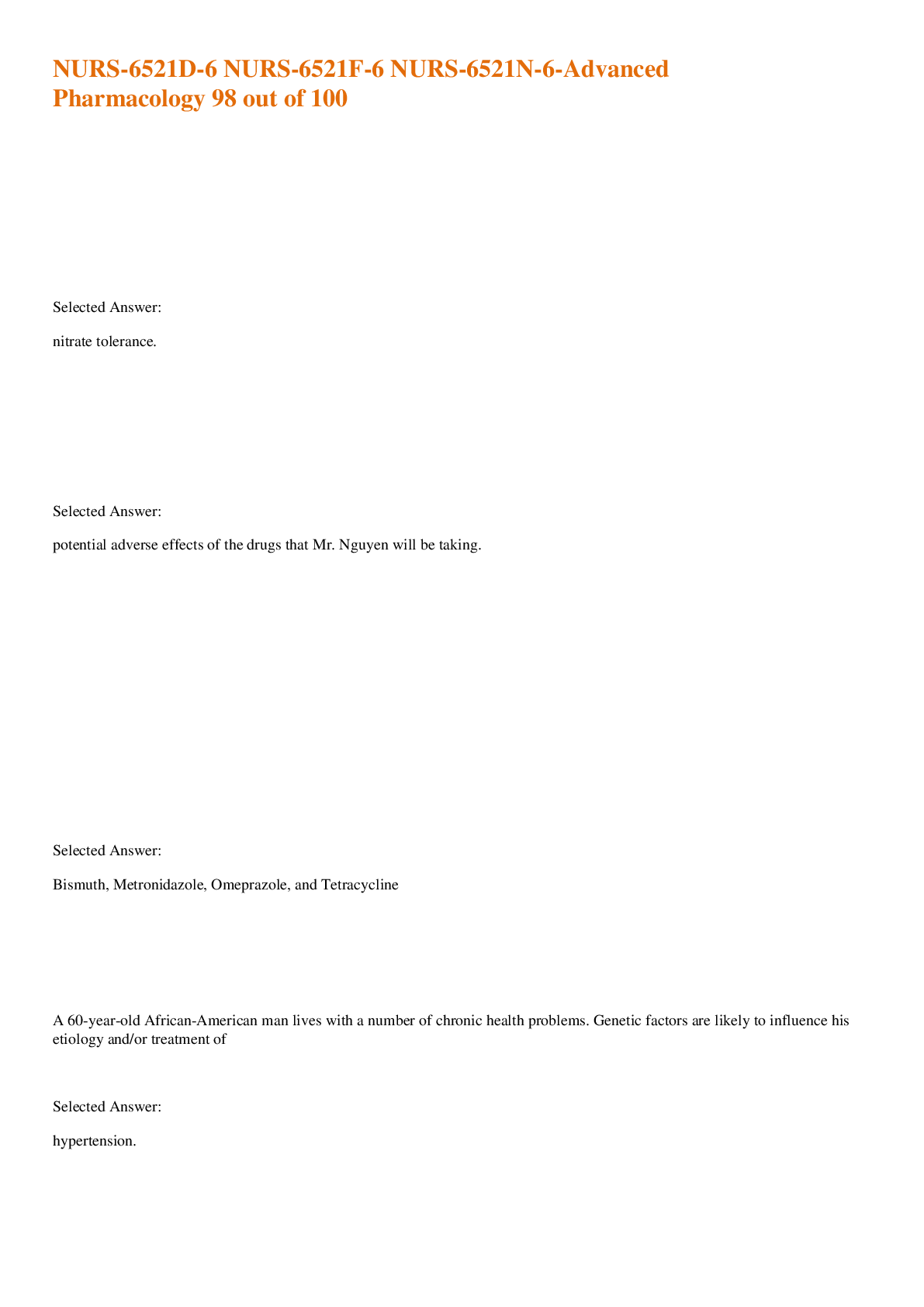
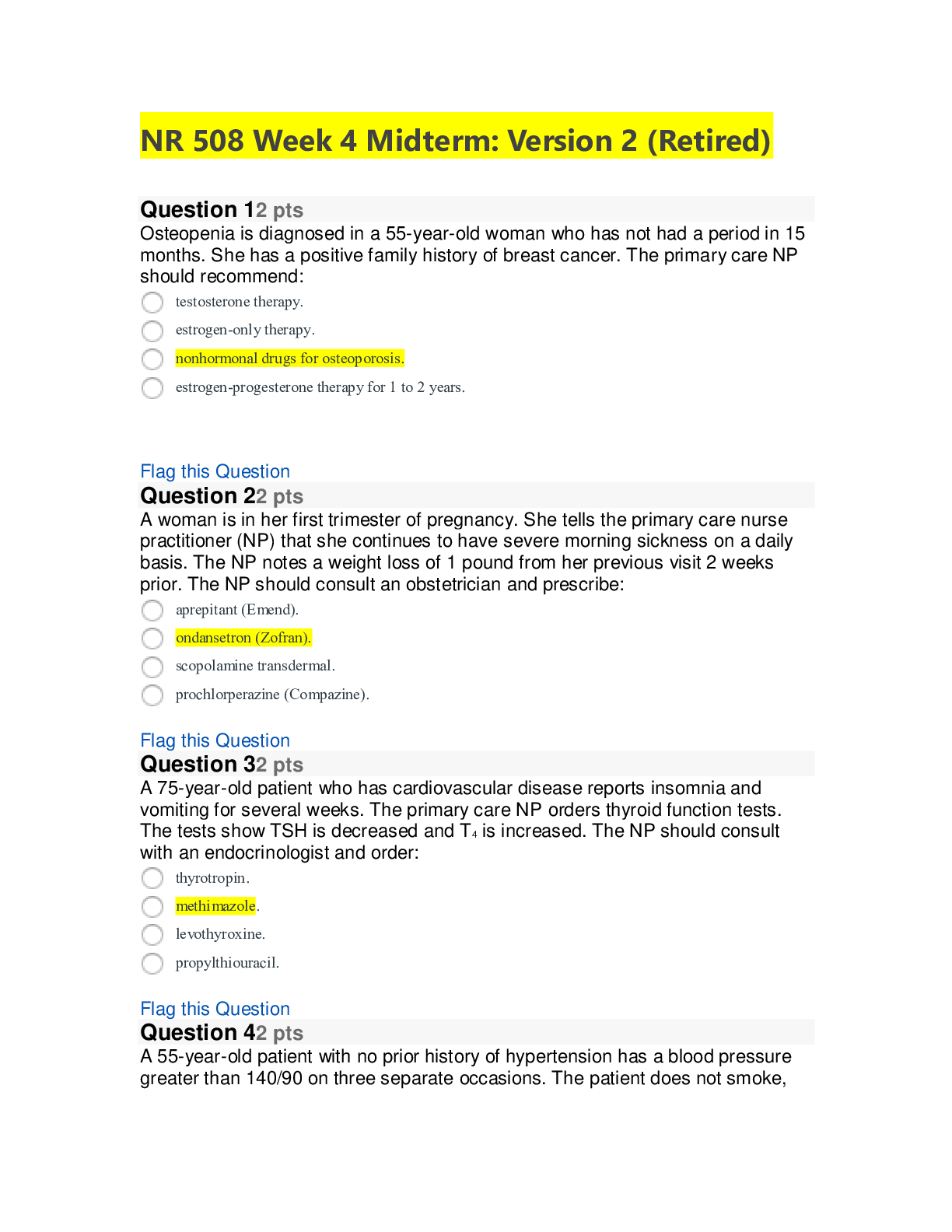



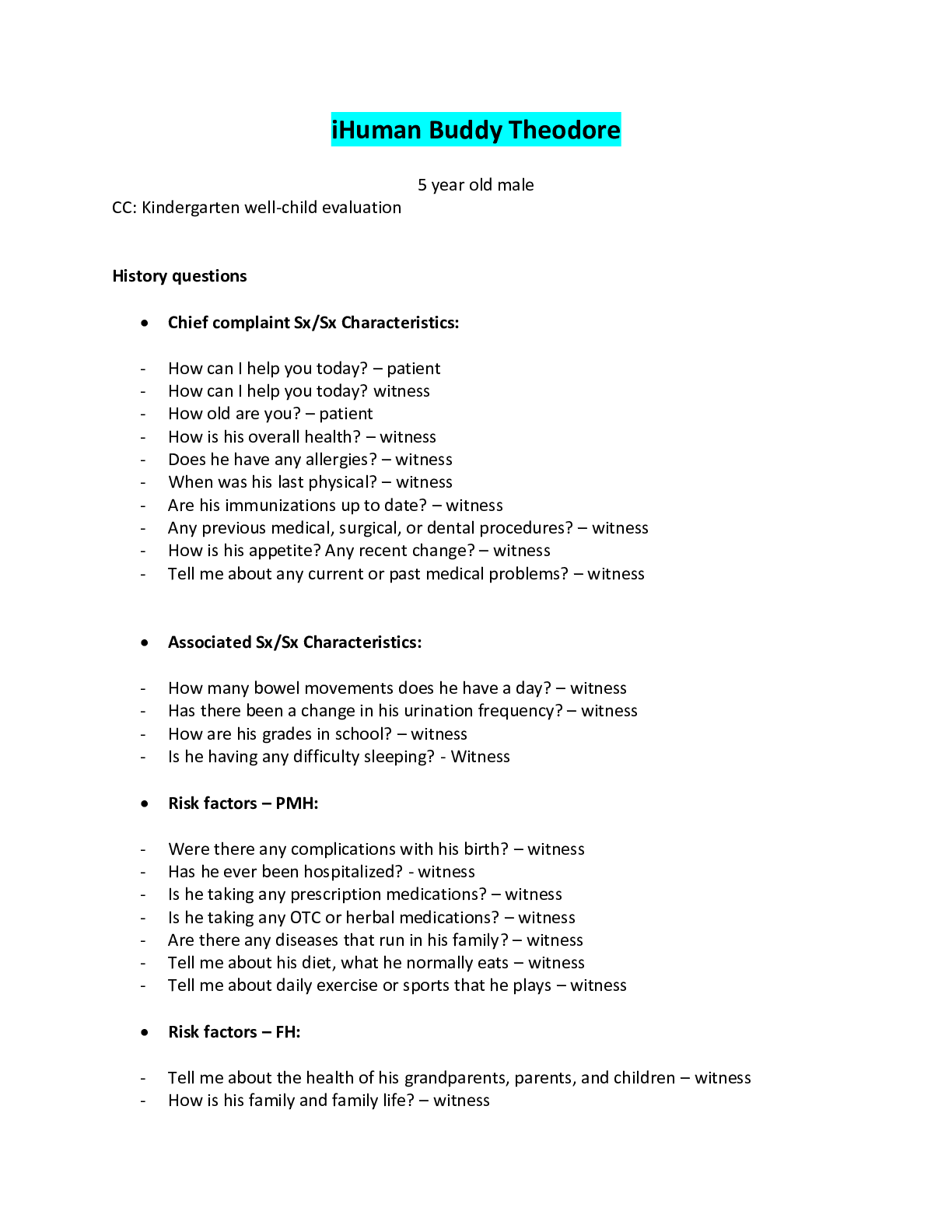

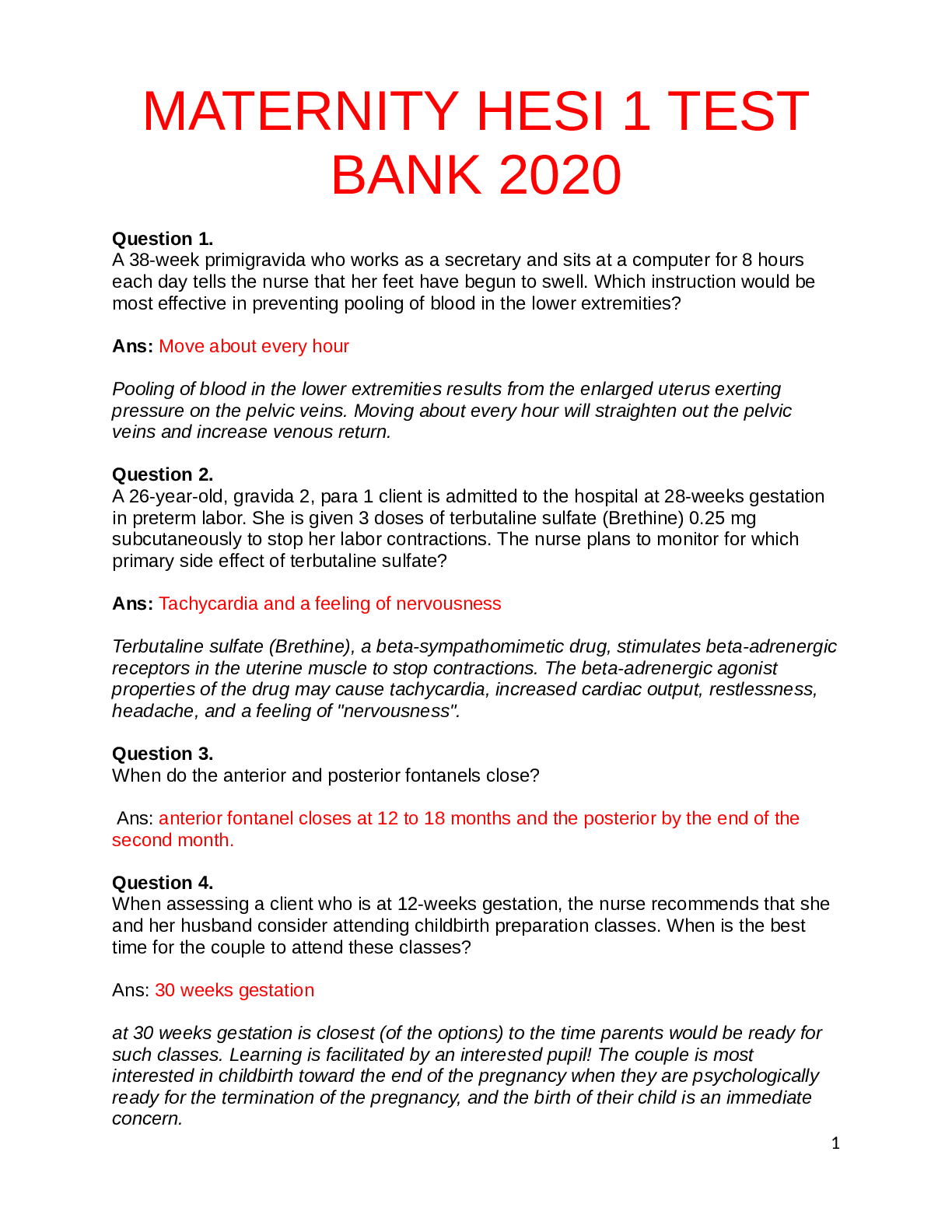
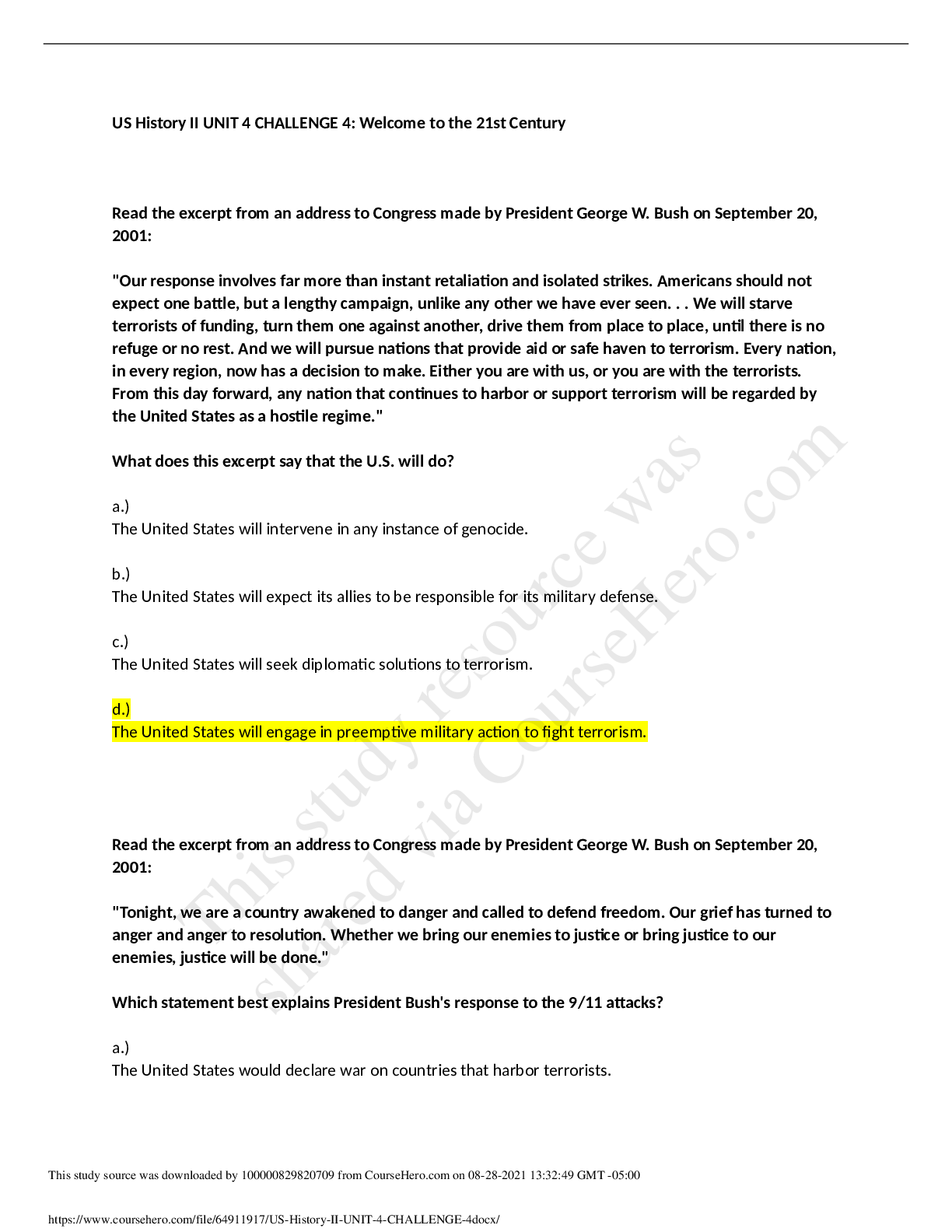
.png)
